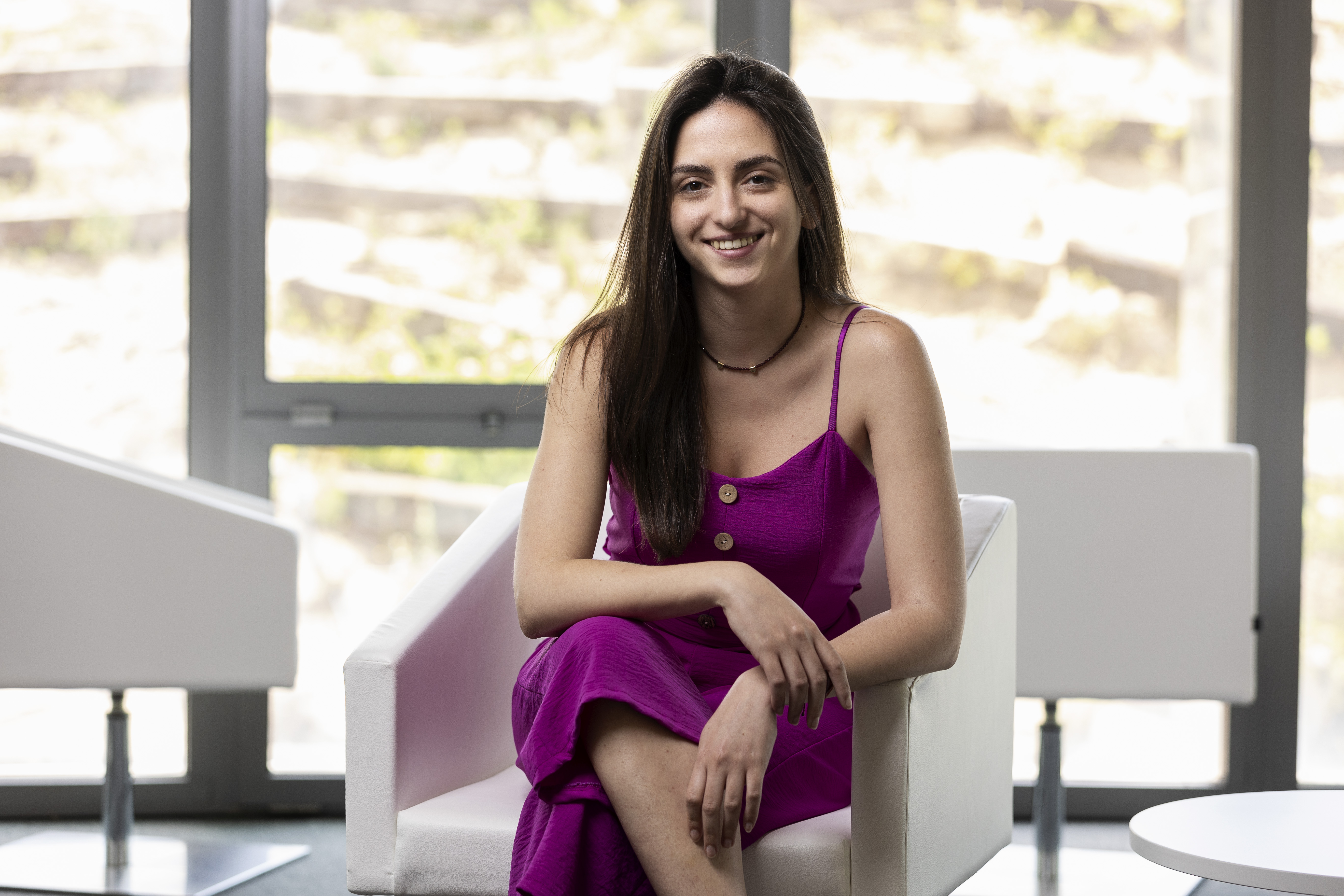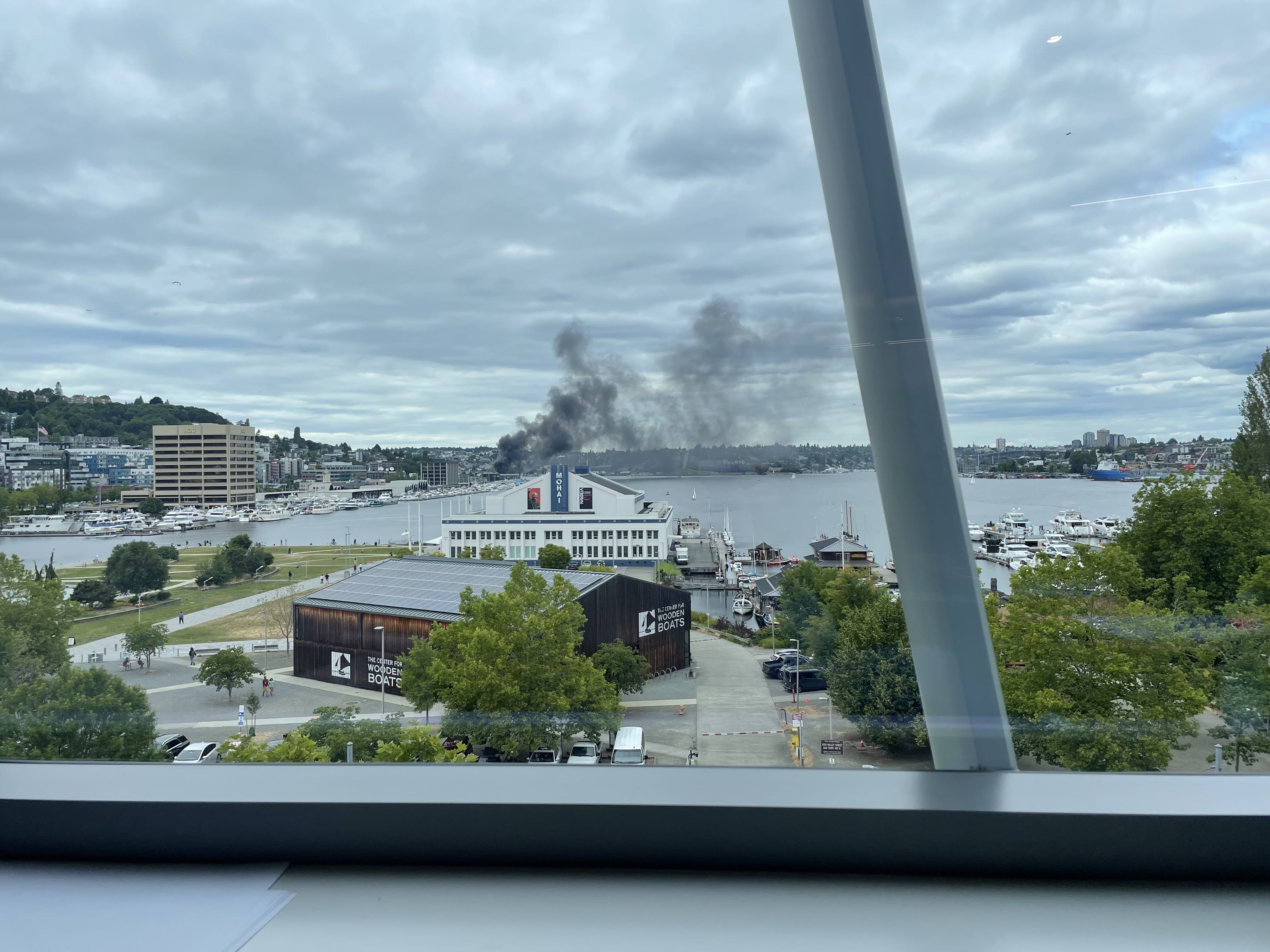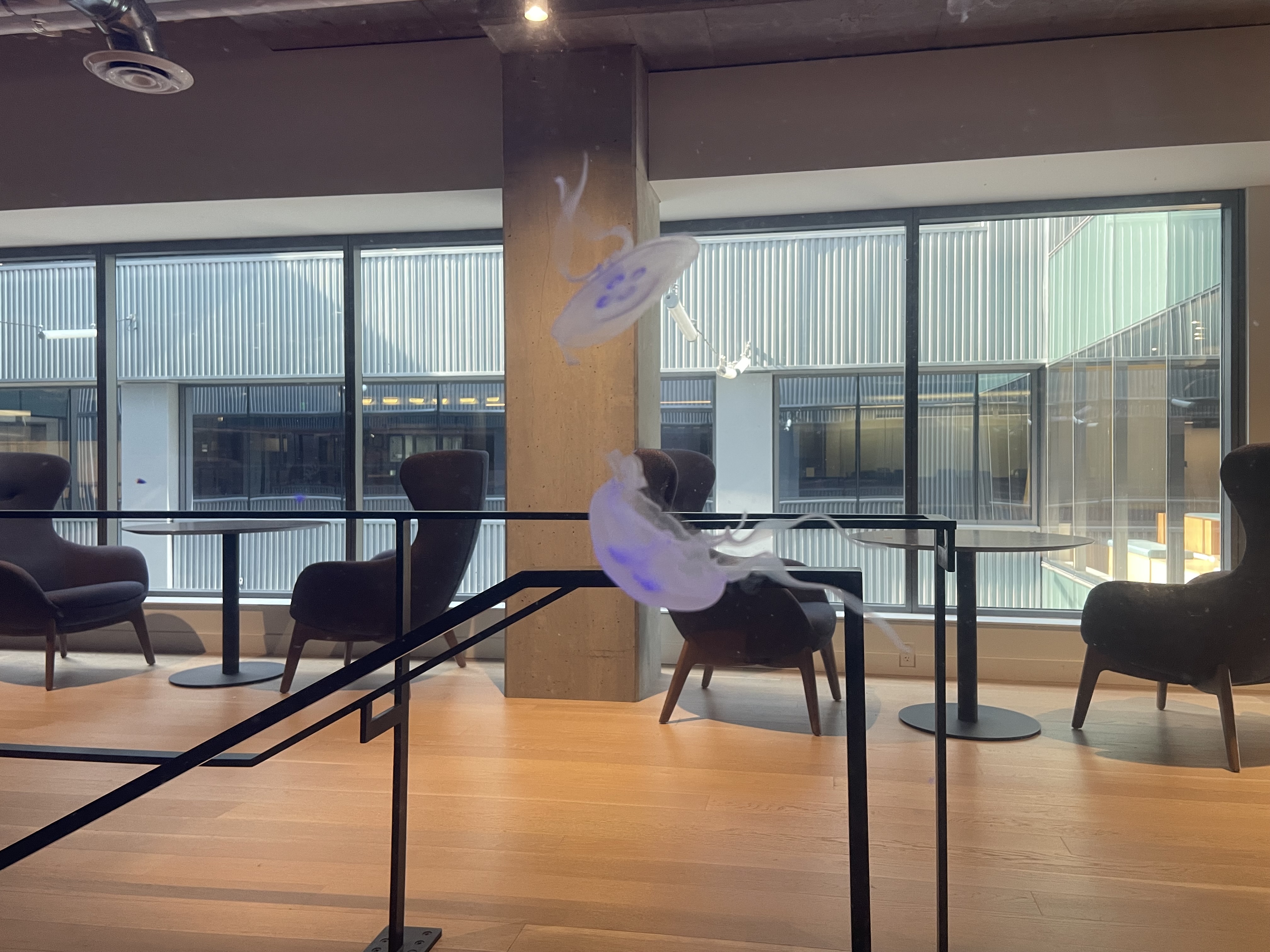
This summer, Georgia Christofidi had the opportunity to spend three months at Google’s South Lake Union office in Seattle as a Student Researcher. She joined the Systems Research at Google (SRG) group, where she worked under the guidance of Yawen Wang and Martin Maas on improving lifetime-aware virtual machine scheduling. Her experience blended software engineering with research, giving her both technical depth and a broader perspective on how research translates into real-world systems. In this article, Georgia shares her experience during those months.
A Typical Day at Google
Most of my days began early at the office, where I would dive into my project work. Around 8:30 a.m., I’d take a break for breakfast at the office café before heading into a meeting with my supervisor or the team. These sessions were essential for exchanging insights, discussing challenges, and charting next steps. Lunch was always a highlight. Our team often ate together on the balcony overlooking Lake Union, a chance to take a refreshing break and connect socially. My afternoons were typically focused on implementing and evaluating new approaches. I usually ended the day with a quick training session at the office gym, followed by dinner before heading home. The rhythm of these days allowed me to stay productive while also feeling connected to the team and energized by the workplace environment.

What Stood Out About Google’s Work Culture
Google’s culture impressed me in several ways. I found the environment incredibly productive yet collaborative. Everyone was willing to help if I got stuck, and my supervisors celebrated my progress daily, which created momentum and kept me motivated. The SRG group stood out for its inclusivity and balance, particularly regarding gender representation. Communication was open and respectful, and leadership was transparent, sharing not only technical guidance but also their vision for the future of computing. Another highlight was the emphasis on community: intern events, presentations, and dinners helped us connect beyond our immediate projects, creating a network of researchers and practitioners with overlapping interests. All the above, combined with the Google office perks boosted my overall health, well-being and productivity during the entire duration of my internship.

Personal and Professional Growth
This internship was a turning point in my PhD journey. It strengthened skills I had already developed, such as analytical and critical thinking, experimental design, and delivering results efficiently—while teaching me the importance of slowing down when necessary to refine details and ensure accuracy. I also learned how to plan more strategically, balancing endurance with efficiency. This balance is crucial in research, where both long-term vision and short-term execution matter.
Advice for Other PhD Students
For other PhD students considering an internship in industry, here are some lessons I’d like to share: Build your network. Connect with people working in your research area, share your progress, and engage at conferences. Networking opens doors for collaborations and future opportunities. Tell your story. Don’t hesitate to share your passion and research journey. When others know your interests, they will think of you when relevant opportunities arise. Treat the PhD as a marathon. It’s not about sprinting, it’s about endurance. Learn to plan your “seasons” manage your capacity wisely, and focus on consistent effort. Be a doer. Take initiative, follow through, and embrace challenges. Action compounds over time into meaningful progress.
My time at Google was not just about contributing to an exciting project, it was about learning how to thrive in a collaborative, high-impact environment. The skills and relationships I developed will continue to shape my PhD journey and my career beyond it.